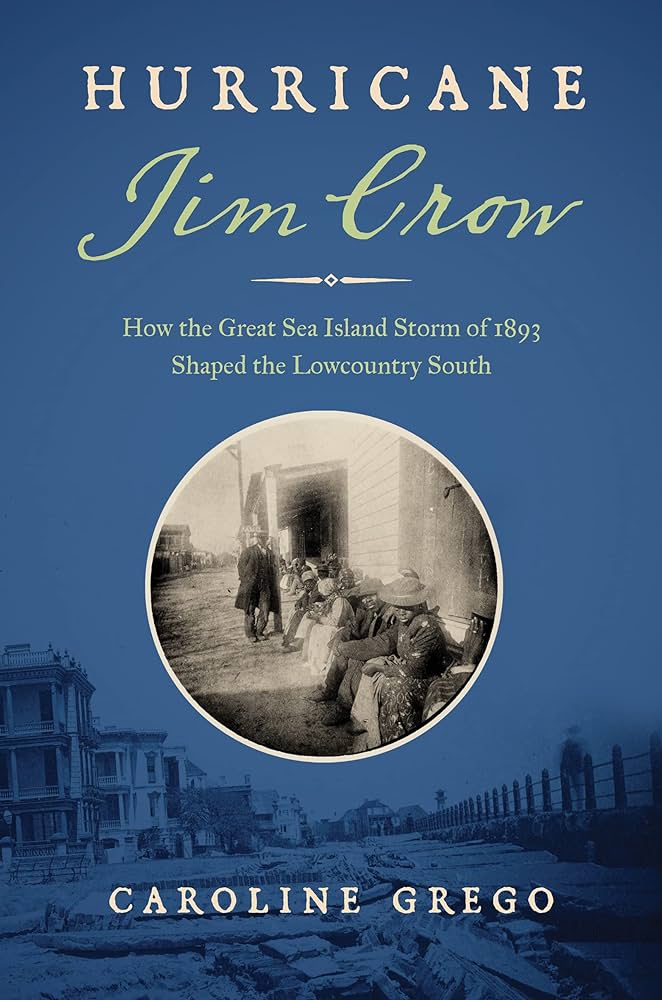
Winner
Caroline Grego, Hurricane Jim Crow: How the Great Sea Island Storm of 1893 Shaped the Lowcountry South, Chapel Hill: The University of North Carolina Press, 2022.
Hurricane Jim Crow is an intense and heart-rending account of the destruction, aftermath, and lasting legacies of the 1893 Sea Islands Hurricane. In the devastation of the storm, White southerners sought to take advantage of the ravaged and independent Black sea islanders to consolidate White supremacist policy and erase Black contributions. Caroline Grego seamlessly unites environment, race, culture, politics, and economics into a cohesive narrative following communities in Lowcountry South Carolina as they experienced and tried to recover from one of the deadliest hurricanes in U.S. history. Thoughtfully written and provocative, Grego’s book serves as a harrowing reminder of the power of the Earth and the legacies disasters produce.
Runners Up
Deanna M. Gillespie, The Citizenship Education Program and Black Women’s Political Culture, Gainesville: The University Press of Florida, 2021.
In The Citizenship Education Program and Black Women’s Political Culture, Gillespie highlights southern Black women’s political, educational, and civic participation through teaching literacy. By centering Black women of the Citizenship Education Program in the narrative of the Civil Rights Movement, Gillespie reconceives citizenship as action rather than status and shows the continuous work required to maintain it. As Gillespie looks towards the past, she also provides a valuable example of the importance of collective community and education.
Jennifer Van Horn, Portraits of Resistance: Activating Art During Slavery, New Haven: Yale University Press, 2022.
Beautifully put together and thoroughly researched, Jennifer Van Horn’s Portraits of Resistance centers Blackness and reconsiders the meanings of resistance in 18th and 19th century portraiture. As Van Horn explores portraiture, she unveils the complex legacies of erasure of Black presence and the politics of preservation that support White supremacist aesthetics. Van Horn also examines Black early American artists, their contributions overlooked as she shows the fundamental ties of White elite art and Black resistance.